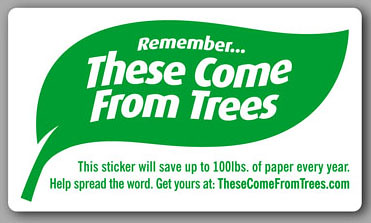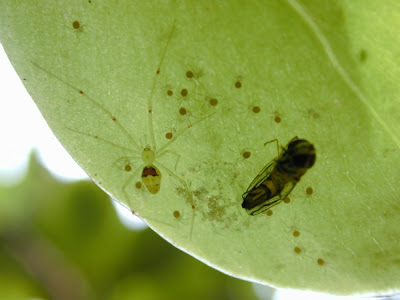Join DOFAW and other agencies, non-profits, and youth-focused groups on the State Capital grounds on October 4th for a full free day of fun, activities, music, food, and more!
Time: 10am-3pm
Location: Hawaii State Capital Building, Honolulu, HI
Details: See website links below
Details: See website links below
"2009 marks the 16th annual Children & Youth Day and promises to be as exciting as past years. This is a one-day free event of fun games, educational experiences, hands-on activities, entertainment and surprising adventures for Hawaii’s children and youth and the young at heart - great fun for the whole family!
Good Beginnings Alliance is the fiscal sponsor for Children & Youth Day. The event kicks off a month long celebration of children and youth that involves over 2,300 volunteers and is a remarkable example of collaboration pulling together all segments of the community. The purpose of Children & Youth Day is to educate children, youth, parents and other family members about the issues facing Hawaii’s children. This event offers learning opportunities around creating stable, healthy, and safe environments in which children can succeed." - Good Beginnings Alliance website
Hope to see you there!


















